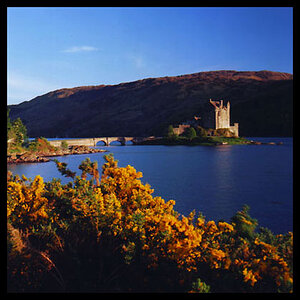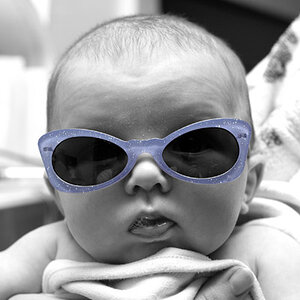Actor
TPF Noob!
- Joined
- Mar 4, 2007
- Messages
- 421
- Reaction score
- 1
- Location
- Ohio
- Can others edit my Photos
- Photos NOT OK to edit
One of the criticisms you hear about the zone system is that you really cannot use it with 35mm and 120 film because some shots need to be pushed or pulled, and you have to either push or pull the entire roll. As I understand it this is to control contrast on the negative. But do you really have to do that? I mean, variable contrast papers are sort of standard in the darkroom, are they not? So why not just process the whole roll normally and fix the contrast in the darkroom?



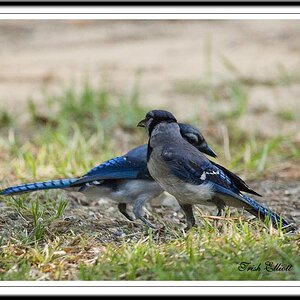
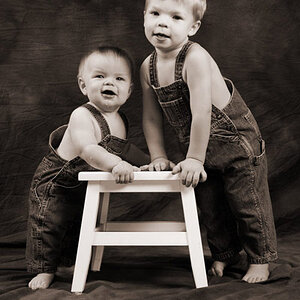
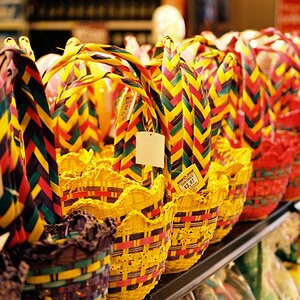
![[No title]](/data/xfmg/thumbnail/34/34078-48bd13f44e7bb42fdcc0154c5ee7c78e.jpg?1619736268)
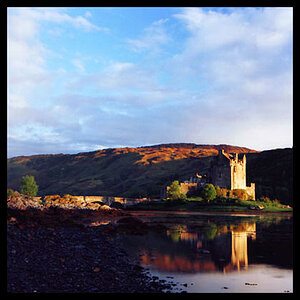

![[No title]](/data/xfmg/thumbnail/39/39497-93752210dd49247220721e5ac8c61245.jpg?1619739055)
![[No title]](/data/xfmg/thumbnail/42/42326-1e75ade9716f7e863d85def8d13cf591.jpg?1619740127)
![[No title]](/data/xfmg/thumbnail/34/34079-552f58c1ec0f8485f9c24a5b1db49654.jpg?1619736268)
